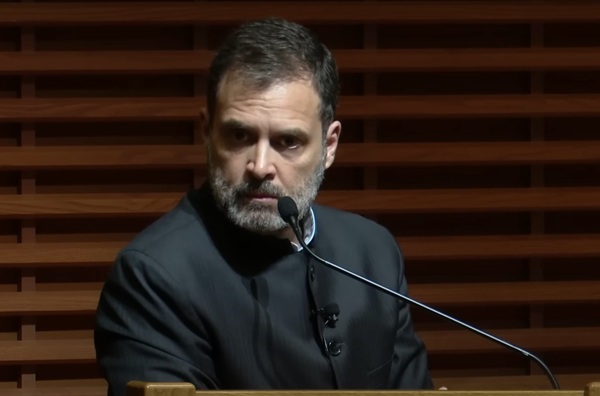.png)
RBI’s GIFT City Move Aims to Bring the Rupee Back Home
RBI’s push to let Indian banks trade NDFs in GIFT City aims to reclaim control of rupee pricing and bring offshore liquidity onshore.


Babuji K is a career central banker with 35 years at RBI in exchange rate management, reserve operations, supervision, and training.
November 11, 2025 at 4:41 PM IST
Under the norms published by the Reserve Bank of India, from 1 June 2020, Indian banks —through their branches in India, foreign branches or IFSC Banking Units in centres such as GIFT City — were permitted to transact in rupee non-deliverable forward or non-deliverable derivative contracts involving the Indian rupee.
This seemingly procedural move was in fact a turning point in India’s currency management strategy. It signalled the RBI’s intent to pull back influence over offshore rupee markets and reassert monetary sovereignty. What began as a step to strengthen GIFT City’s global relevance has since evolved into a strategic bid to bring rupee liquidity, and therefore price discovery, back within India’s oversight.
For years, the offshore NDF markets in Singapore, London, and Hong Kong have shaped the rupee’s opening cues and amplified its volatility. According to the 2019 BIS survey, within the various instrument categories and within outright forwards, NDFs accounted for a significant share of the increase in trading between 2016 and 2019. This reflected strong activity in the Korean won, Indian rupee and Brazilian real NDF markets. These contracts, settled in US dollars and free from Indian regulation, have long served both as a hedge for global investors and as a speculative playground for traders betting on the rupee’s direction.
That lack of complete oversight has not been without cost.
NDF quotes often reflect global risk appetite rather than domestic fundamentals, distorting perceptions of the rupee’s fair value. During bouts of volatility, when the rupee weakened past ₹84 this year, offshore sentiment frequently set the tone before the domestic market even opened.
Market Sovereignty
GIFT City offers a potential answer.
By allowing Indian banks’ International Banking Units to trade NDFs for non-residents, the RBI has effectively created an onshore gateway to an offshore market. The move brings regulatory visibility to trades that were previously beyond reach and could over time, shift liquidity towards Indian jurisdiction. If successful, it will allow the central bank to monitor rupee flows more closely, synchronise settlement mechanisms with onshore markets, and better manage volatility.
Still, the experiment is far from risk-free as the appeal of NDFs lies in their simplicity: cash settlement without currency delivery. Unless liquidity in GIFT City matches the depth of Singapore or Hong Kong, arbitrage will persist. And while India has made steady progress in liberalising hedging products and widening participation, capital controls still constrain full convertibility. Without that, GIFT City’s role will remain symbolic rather than systemic.
The broader question is one of control versus openness, and India’s exchange rate regime has always been a careful balance between the two. NDFs blur that line, giving offshore players an unregulated channel to express rupee views. The RBI’s decision suggests a shift from defensive management to strategic engagement: if offshore trading cannot be stopped, it can be hosted under supervision.
For bankers and policymakers, this marks a recalibration of priorities. The focus is no longer only on containing the rupee’s volatility because of off shore spill overs but also on shaping where and how it is traded. The next phase will test whether GIFT City can offer the liquidity, depth, and transparency needed to rival established offshore hubs. That will require better price discovery, harmonised fixing windows between FBIL and global benchmarks, and credible data on NDF positions—elements that remain underdeveloped.
The RBI’s rules for onshore electronic trading platforms have evolved from the 2018 framework to the Master Directions of 2025. For onshore platforms transacting eligible instruments such as securities, money market products, FX and derivatives, the framework sets clear authorisation, technological, governance and reporting standards. Meanwhile, the draft 2024 version proposed bringing offshore ETPs, including those dealing in INR derivatives like NDFs, under regulation.
If all these initiatives with respect to GIFT city evolve well, this integration could finally align India’s currency policy with its global aspirations. The RBI’s measured approach, regulatory modernisation without full convertibility, may yet prove the most pragmatic route to monetary sovereignty.



